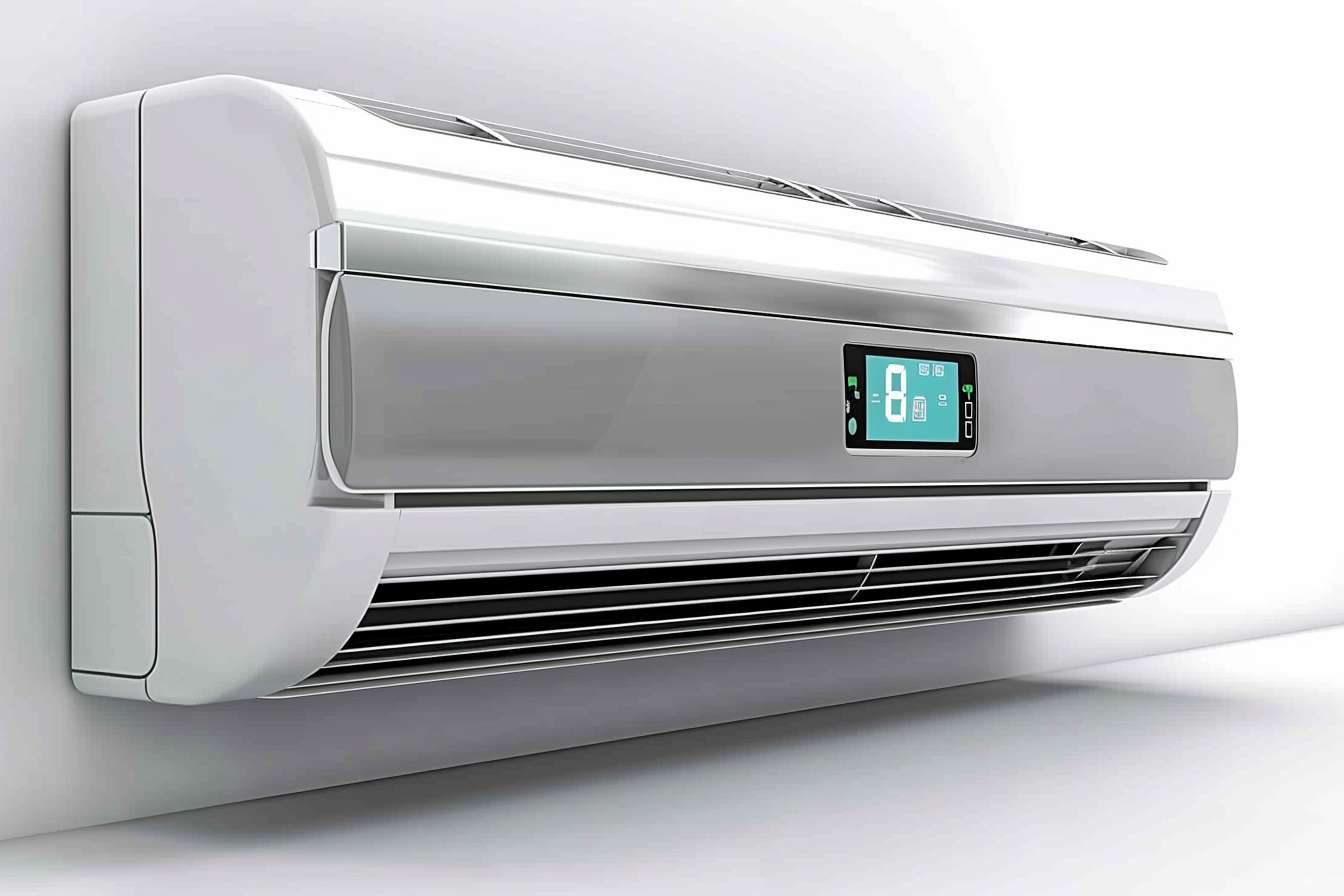Understanding R-value and its role in attic efficiency
R-value is a key metric for measuring how well attic insulation resists heat flow. This article explains what R-value means, how different materials affect attic performance, and which retrofit and airsealing steps influence overall energy efficiency and comfort.

R-value quantifies a material’s resistance to conductive heat flow, and in an attic context it helps determine how well your insulation reduces heating and cooling losses. Effective attic strategies combine the right R-value with proper ventilation, airsealing to control drafts, and attention to material choice—whether cellulose, fiberglass, or spray foam—to deliver measurable energy savings and year-round comfort. Understanding how these elements interact helps homeowners and contractors prioritize retrofit actions that improve efficiency without unintended side effects.
What is R-value for attic insulation?
R-value measures thermal resistance per inch of material: the higher the R-value, the greater the resistance to heat transfer. In attics, the recommended total R-value depends on climate and local codes, and it usually reflects a combination of insulation layers rather than a single product. R-value is most relevant for conduction; it does not account directly for air leaks or convective losses through drafts. When assessing attic performance, consider both the installed R-value and how continuous that insulation layer is across joists, rafters, and around fixtures.
Effective attic insulation planning also recognizes that R-value degrades if insulation becomes compressed, damp, or displaced. Insulation type affects how much material is needed to reach a target R-value and how the material behaves over time. Combine R-value goals with airsealing and proper ventilation to maximize the advertised performance of the insulation in real-world conditions.
How insulation types compare: cellulose, fiberglass, sprayfoam
Cellulose, fiberglass, and spray foam are common attic insulation options, each with distinct characteristics. Cellulose is dense and can provide good coverage in joist bays and around obstructions; it also offers modest air filtration when properly installed. Fiberglass batts and blown-in fiberglass are widely available and cost-effective but require careful installation to avoid gaps and compression that reduce effective R-value. Spray foam—open-cell or closed-cell—provides both insulation and some airsealing properties, which can improve perceived R-value by reducing convective heat losses.
Choosing among these involves trade-offs: cellulose often delivers good coverage at moderate cost, fiberglass is economical if installed well, and spray foam delivers higher performance per inch and can simplify airsealing. Consider moisture tolerance, compatibility with ventilation strategies, and the desired R-value per inch when comparing materials.
Why airsealing and drafts matter
Airsealing addresses convective heat transfer that R-value does not measure. Even a high-R batt or layer will underperform if warm air escapes through attic penetrations or if cold air infiltrates from crawlspaces and eaves. Common sources of drafts include recessed lights, attic hatches, plumbing vents, and gaps around ductwork. Sealing those leaks with appropriate materials—caulk, foam gaskets, or spray foam—reduces uncontrolled airflow and helps insulation deliver closer to its rated R-value.
Prioritize airsealing before or during insulation upgrades. That sequence ensures the insulation isn’t simply a basket for moving air, which can reduce thermal resistance and lead to moisture problems. Airsealing also affects ventilation needs: a tightly sealed attic may require different approaches to ensure moisture control and indoor air quality.
Ventilation and attic health
Ventilation helps control moisture and temperature extremes in the attic. Proper intake and exhaust—such as soffit vents paired with ridge vents—allow airflow that reduces summer heat buildup and prevents condensation in colder months. While adding ventilation doesn’t increase R-value, it influences the durability and effectiveness of insulation: a hot, damp attic can degrade some insulation types, and poor ventilation can lead to ice damming and roof issues.
When upgrading insulation, verify that existing vents are functioning and not blocked by insulation. Balance is key: combine sufficient ventilation with airsealing of living-space penetrations so that fresh, controlled airflow manages moisture without undermining insulation performance.
Retrofit considerations and energy savings
A retrofit approach should assess current R-value, identify air leaks, and evaluate insulation condition. In many homes, adding blown-in cellulose or fiberglass to reach recommended R-values is a cost-effective path. In situations where space is limited or where air leakage is significant, targeted spray foam can be used to seal and insulate in one step. Retrofitting can yield measurable energy savings when combined with heating and cooling system efficiency and thermostat controls; however, savings vary with climate, home airtightness, and occupant behavior.
Consider local services and qualified contractors in your area for assessments and retrofits. A professional blower-door test can quantify leaks and help prioritize airsealing and insulation work. When planning a retrofit, weigh long-term savings against upfront costs and material lifespans to determine the most appropriate strategy for your home.
Conclusion
R-value is an important indicator of insulation performance, but it is only one part of attic efficiency. Maximizing energy savings and comfort requires a holistic approach: choose the right insulation material for your goals, ensure effective airsealing to stop drafts, maintain proper ventilation to protect materials, and consider retrofit strategies that address both thermal resistance and airtightness. When these elements are combined thoughtfully, homeowners can expect more consistent indoor temperatures, reduced energy use, and improved durability of their attic assembly.





